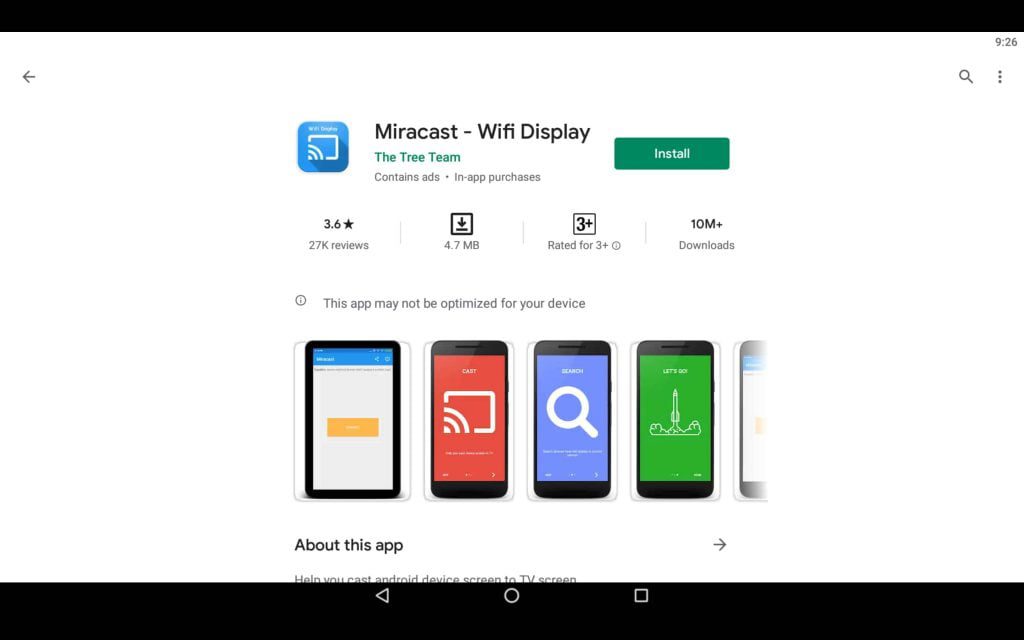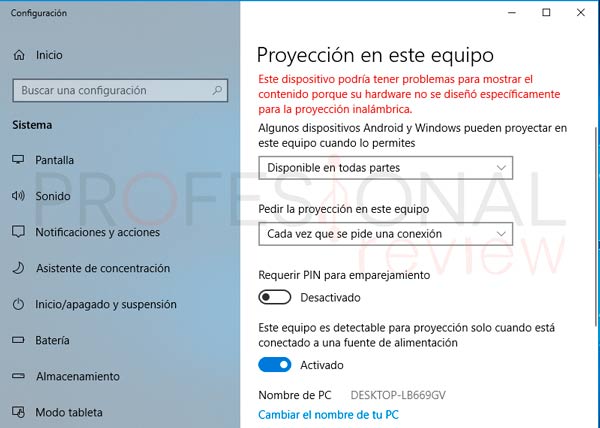

Then after a Real-Time Streaming Protocol (RTSP) link is established, the operating system calls StartMiracastSession to actually start the Miracast connected session. In this call the operating system also provides pointers to callback functions that the driver can call during the lifetime of the current Miracast context. When this function is called, the Miracast user-mode driver allocates all the software resources it needs to start a Miracast connected session. When the operating system is ready to prepare for a Miracast connected session, it calls the Miracast user-mode driver's CreateMiracastContext function. For example, on a 64-bit processor a 64-bit version of the driver is used. Note that because the Miracast user-mode driver is loaded into the UMDF0 process, no separate Windows on Windows (WOW) version of this driver is needed. This driver binary must not use an existing Microsoft Direct3D user-mode display driver DLL. The DLL should have an export function named QueryMiracastDriverInterface that the operating system can call.

HKR, MiracastDriverName, %REG_SZ%, Miracast.dll Add the name of the driver in device software settings in the INF file as MiracastDriverName:

This driver will be loaded in a dedicated session 0 process. To enable Miracast wireless displays, you need to create a standalone, unique DLL that implements a Miracast user-mode driver. Support for custom Miracast implementations may be removed in a future version of Windows. Drivers should no longer implement a custom Miracast display component. As of Windows 10, the OS contains a native implementation of Miracast wireless displays.


 0 kommentar(er)
0 kommentar(er)
